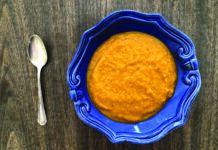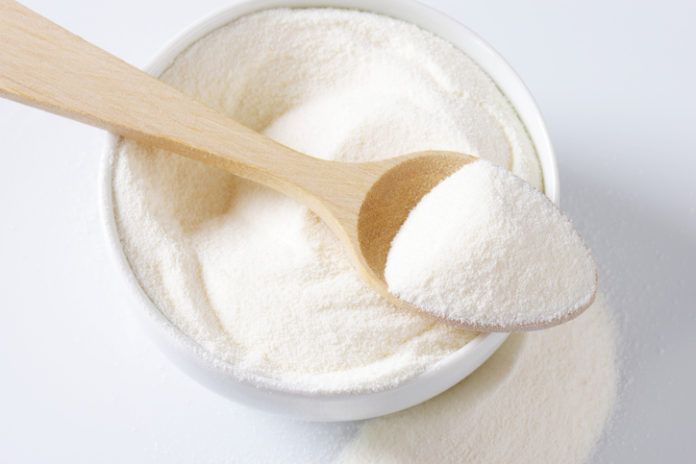A. Managing editor Judith C. Thalheimer, RD, LDN, continues her discussion of milk: “While there is no need to limit milk and other dairy products out of concern for antioxidant absorption, people with milk allergy or lactose intolerance, and those who limit or avoid dairy for religious or ethical reasons, often need to find work-arounds for these products in cooking and baking. The broad availability of lactose-free dairy products and plant-based dairy alternatives (such as soy-, nut-, and grain-based milk and ice cream substitutes and non-diary cheeses) has made replacing dairy easier, but challenges remain.
“In baking, milk protein adds structure to the batter so it doesn’t collapse in the oven, and plays a role in creating a crisp, browned crust. The fat in milk helps keep baked products moist and tender. If your milk substitute is fat-free (or if you bake with fat-free milk), experts suggest combining all wet and all dry ingredients in separate bowls before mixing them together and avoiding over-working the batter or dough to prevent toughness. Choosing a milk-replacement that has a protein content similar to dairy milk, such as soy milk, may be beneficial. That said, unless milk is a main ingredient, you should see and taste minimal differences in your final product.
“Powdered milk can be replaced with the same proportion of powdered non-dairy creamer, or coconut, soy, or rice milk powder (if you can find them).”





















What is the most nutritious milk substitute product to use. I am lactose intolerant. There are so many choices. I am fearful of soy, because of breast calcifications.